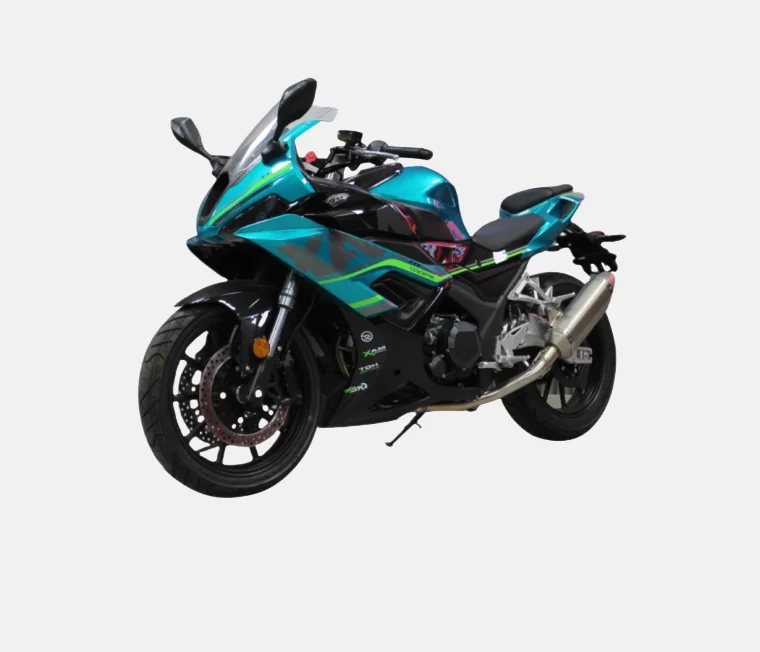Navigating the Future: The Rise of Electric Mobility as the Most Popular Form of Transport
In an era marked by rapid technological advancements and a growing awareness of environmental sustainability, the landscape of transportation is undergoing a profound transformation. As urban populations swell and climate change concerns escalate, the question arises: What is the most popular form of transport now? The answer, increasingly, points towards electric mobility, encompassing electric vehicles (EVs), electric bikes (e-bikes), and electric scooters (e-scooters). This article delves into the factors contributing to the rise of electric mobility, its implications for urban planning, and its potential to reshape our transportation systems.
The Shift Towards Electric Mobility
- Environmental Concerns
One of the primary drivers behind the popularity of electric transport is the urgent need to address environmental issues. Traditional fossil fuel-powered vehicles are significant contributors to greenhouse gas emissions, air pollution, and noise pollution. In contrast, electric vehicles produce zero tailpipe emissions, making them a cleaner alternative. As cities grapple with air quality issues and aim to meet international climate agreements, the shift towards electric mobility becomes not just a trend but a necessity.
- Technological Advancements
The rapid advancement of battery technology has played a crucial role in the rise of electric transport. Innovations in lithium-ion batteries have led to increased energy density, reduced charging times, and lower costs. As a result, electric vehicles can now travel longer distances on a single charge, making them more practical for everyday use. Furthermore, the proliferation of charging infrastructure, including fast-charging stations and home charging solutions, has alleviated range anxiety, a significant barrier to EV adoption.
- Economic Incentives
Governments worldwide are implementing policies to encourage the adoption of electric vehicles. These incentives include tax rebates, grants, and subsidies for both consumers and manufacturers. Additionally, many cities are introducing low-emission zones, where only electric or low-emission vehicles are permitted, further incentivizing the transition. As the total cost of ownership for electric vehicles continues to decrease, more consumers are considering them as viable alternatives to traditional vehicles.
The Popularity of E-Bikes and E-Scooters
While electric cars are often at the forefront of discussions about electric mobility, e-bikes and e-scooters are rapidly gaining traction, particularly in urban environments. These forms of transport offer unique advantages:
- Last-Mile Connectivity
E-bikes and e-scooters excel in providing last-mile connectivity, bridging the gap between public transportation hubs and final destinations. They are particularly appealing in densely populated urban areas where traffic congestion and limited parking can make traditional vehicles impractical. By integrating e-bikes and e-scooters into public transport systems, cities can enhance mobility and reduce reliance on cars.
- Cost-Effectiveness
The affordability of e-bikes and e-scooters compared to traditional vehicles makes them an attractive option for many consumers. With lower upfront costs and minimal maintenance expenses, these electric modes of transport are accessible to a broader demographic. Moreover, the rise of shared mobility services has made e-bikes and e-scooters even more convenient, allowing users to rent them on-demand without the burden of ownership.
Implications for Urban Planning
The shift towards electric mobility necessitates a reevaluation of urban planning strategies. Cities must adapt their infrastructure to accommodate the growing number of electric vehicles, e-bikes, and e-scooters. This includes:
- Expanding Charging Infrastructure
To support the widespread adoption of electric vehicles, cities must invest in expanding charging infrastructure. This involves not only increasing the number of charging stations but also ensuring they are strategically located in high-traffic areas, residential neighborhoods, and workplaces. Additionally, integrating charging solutions into existing public transport systems can facilitate seamless transitions between different modes of transport.
- Designing Bike-Friendly Cities
As e-bikes and e-scooters become more popular, urban planners must prioritize the creation of bike lanes and pedestrian-friendly spaces. This includes implementing dedicated lanes for e-bikes and scooters, ensuring safe and efficient travel for all users. By fostering a culture of cycling and walking, cities can reduce traffic congestion and enhance overall quality of life.
Conclusion: The Future of Transport
As we navigate the complexities of modern transportation, it is clear that electric mobility is not just a passing trend but a fundamental shift in how we move. With its environmental benefits, technological advancements, and economic incentives, electric transport is poised to become the most popular form of transport in the coming years. By embracing this change and investing in the necessary infrastructure, cities can create a sustainable, efficient, and inclusive transportation ecosystem that meets the needs of all citizens. The future of transport is electric, and it is up to us to steer it in the right direction.




